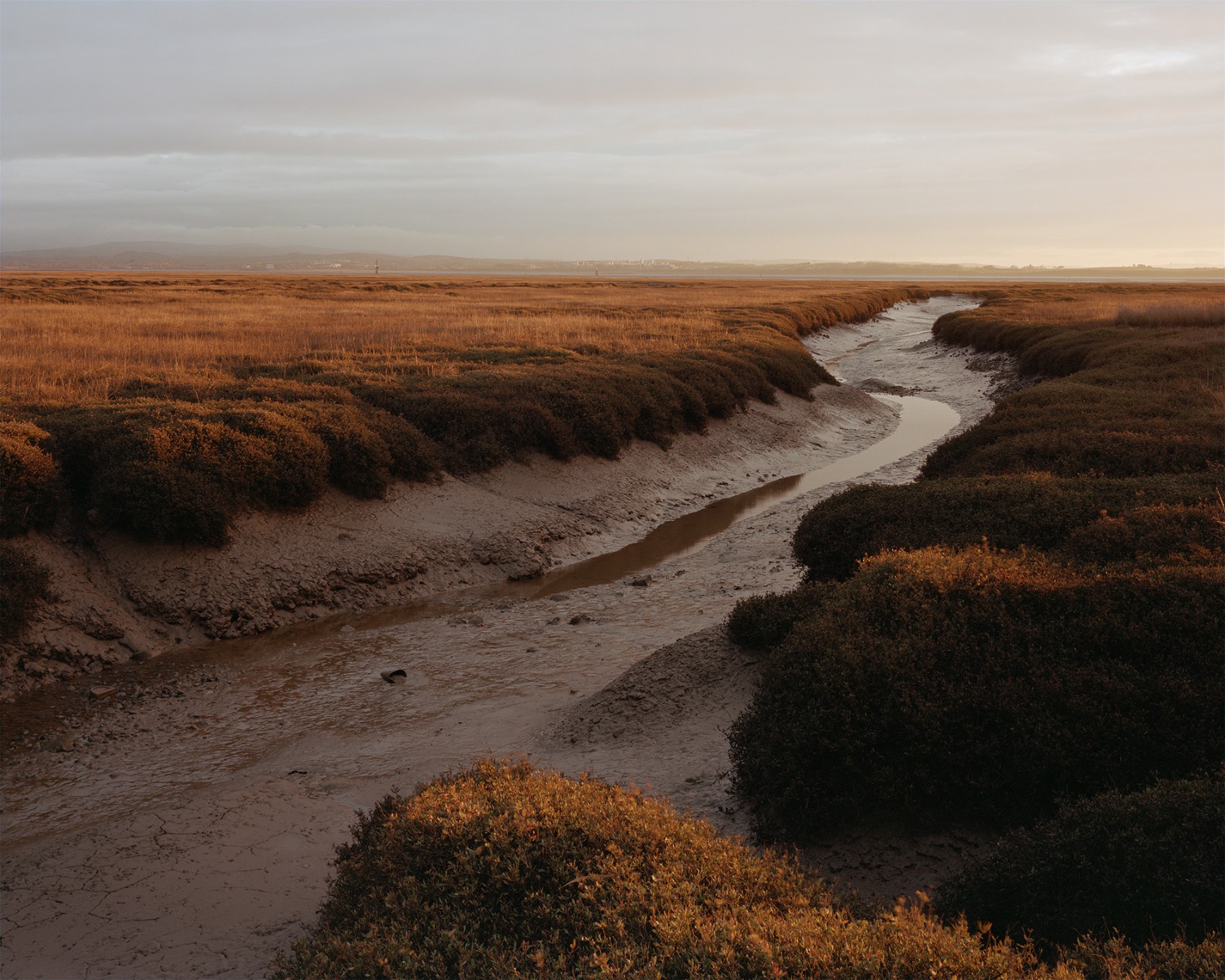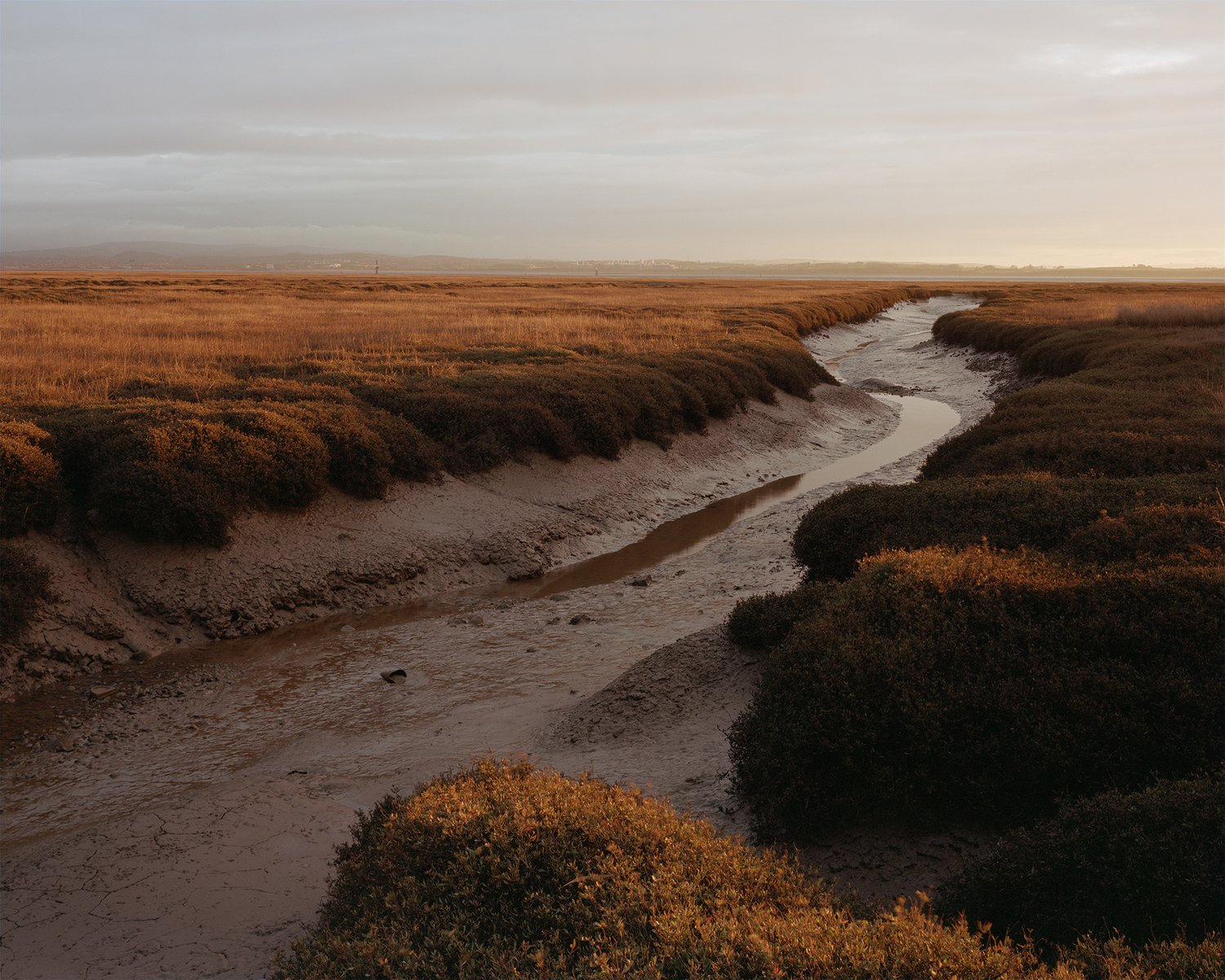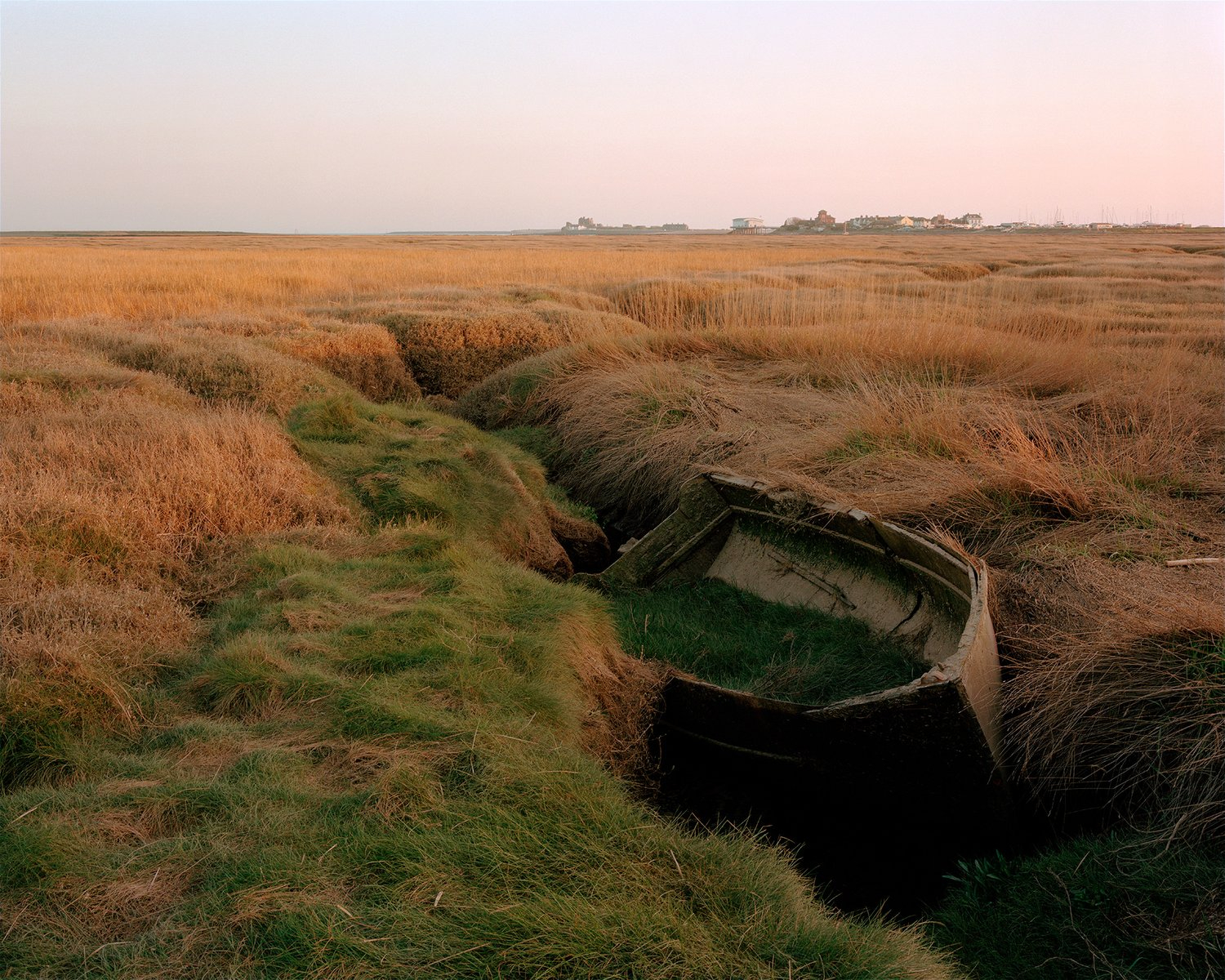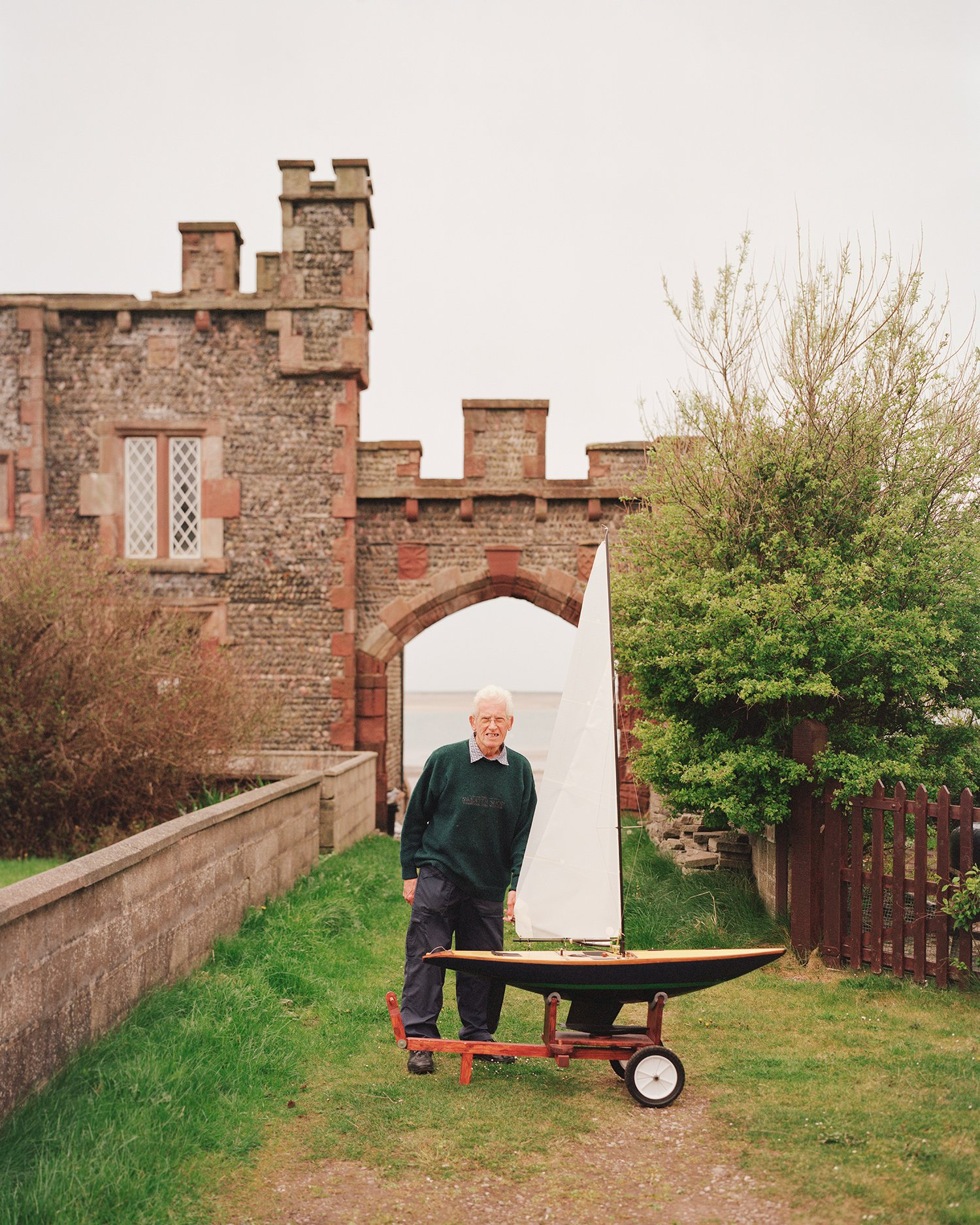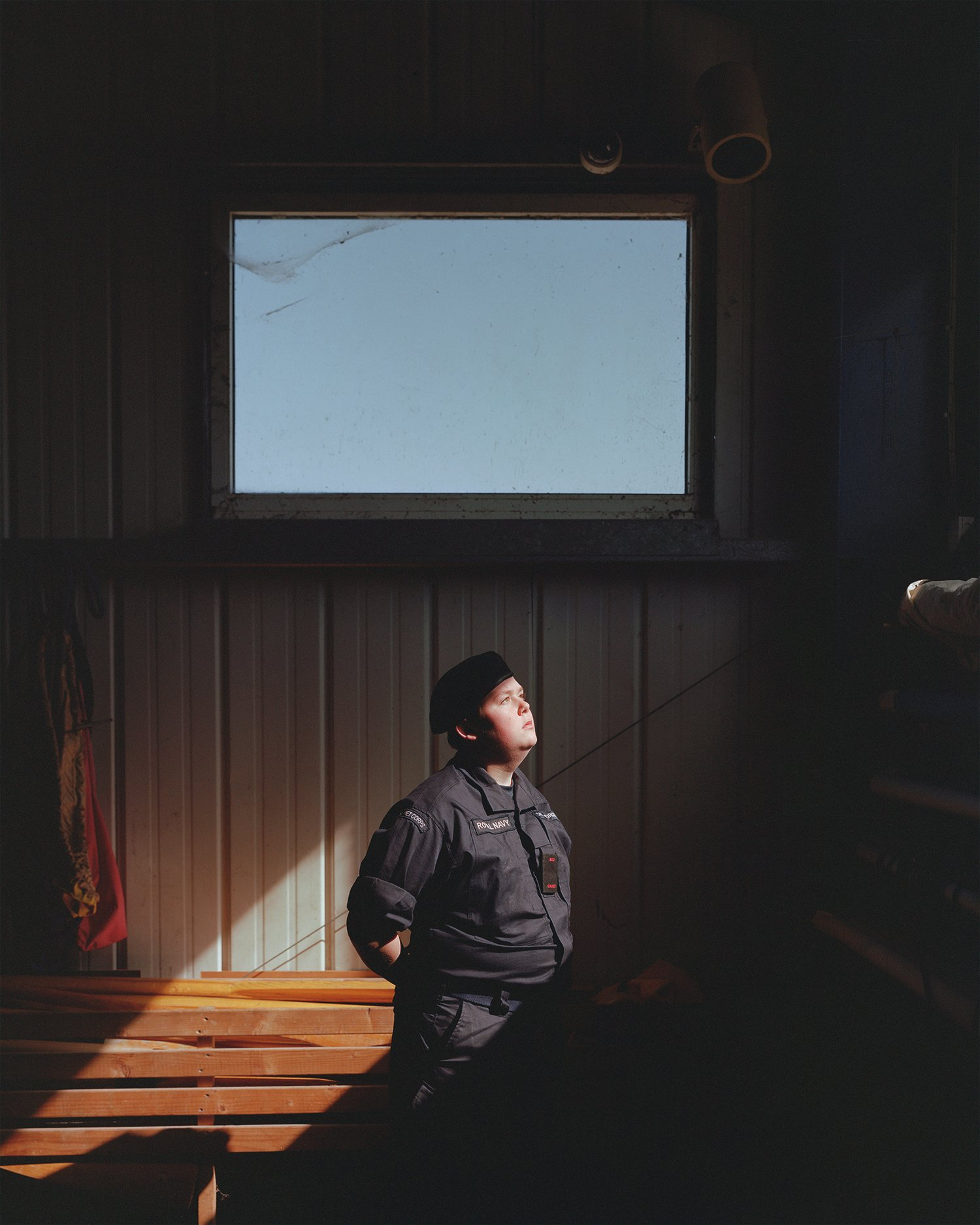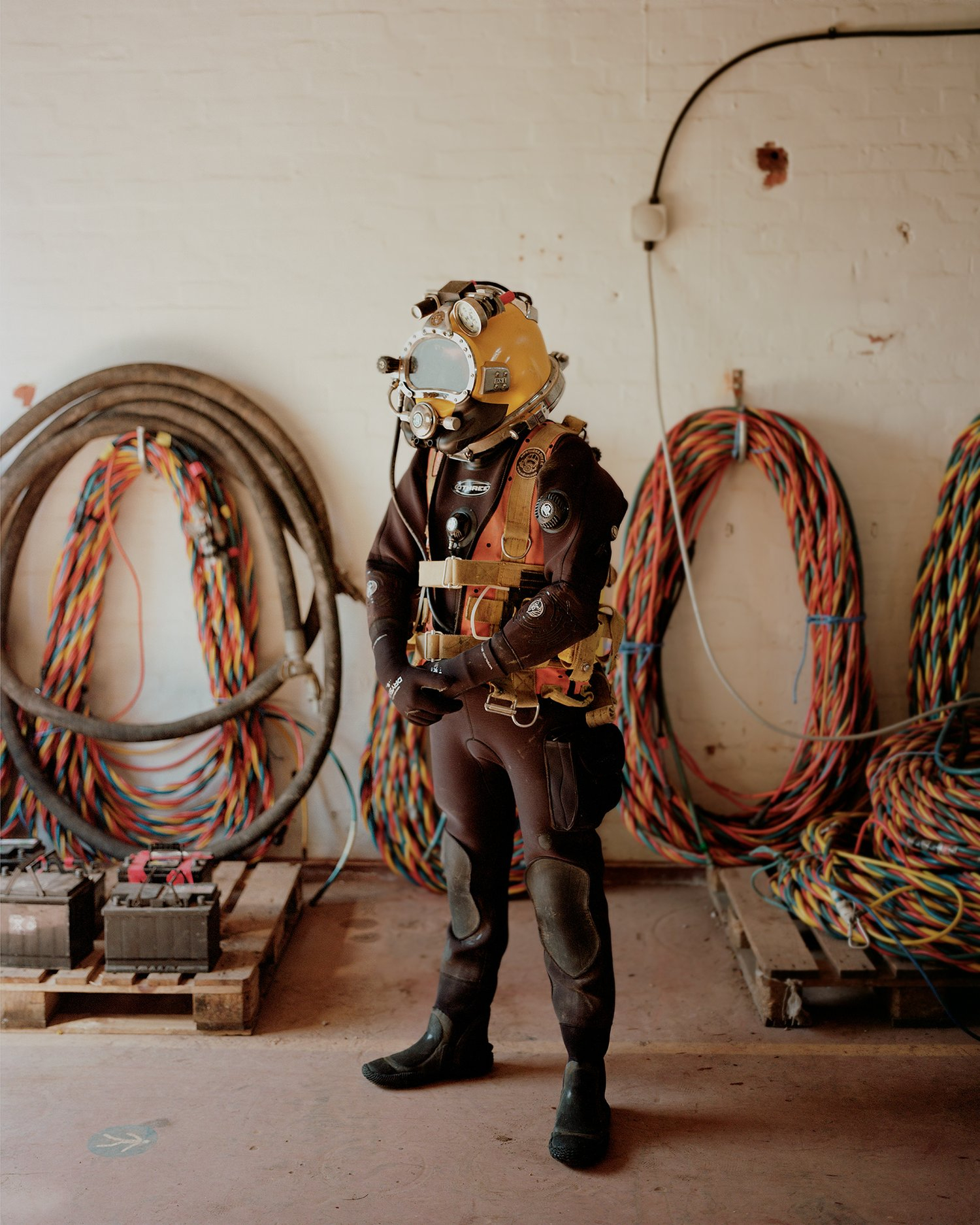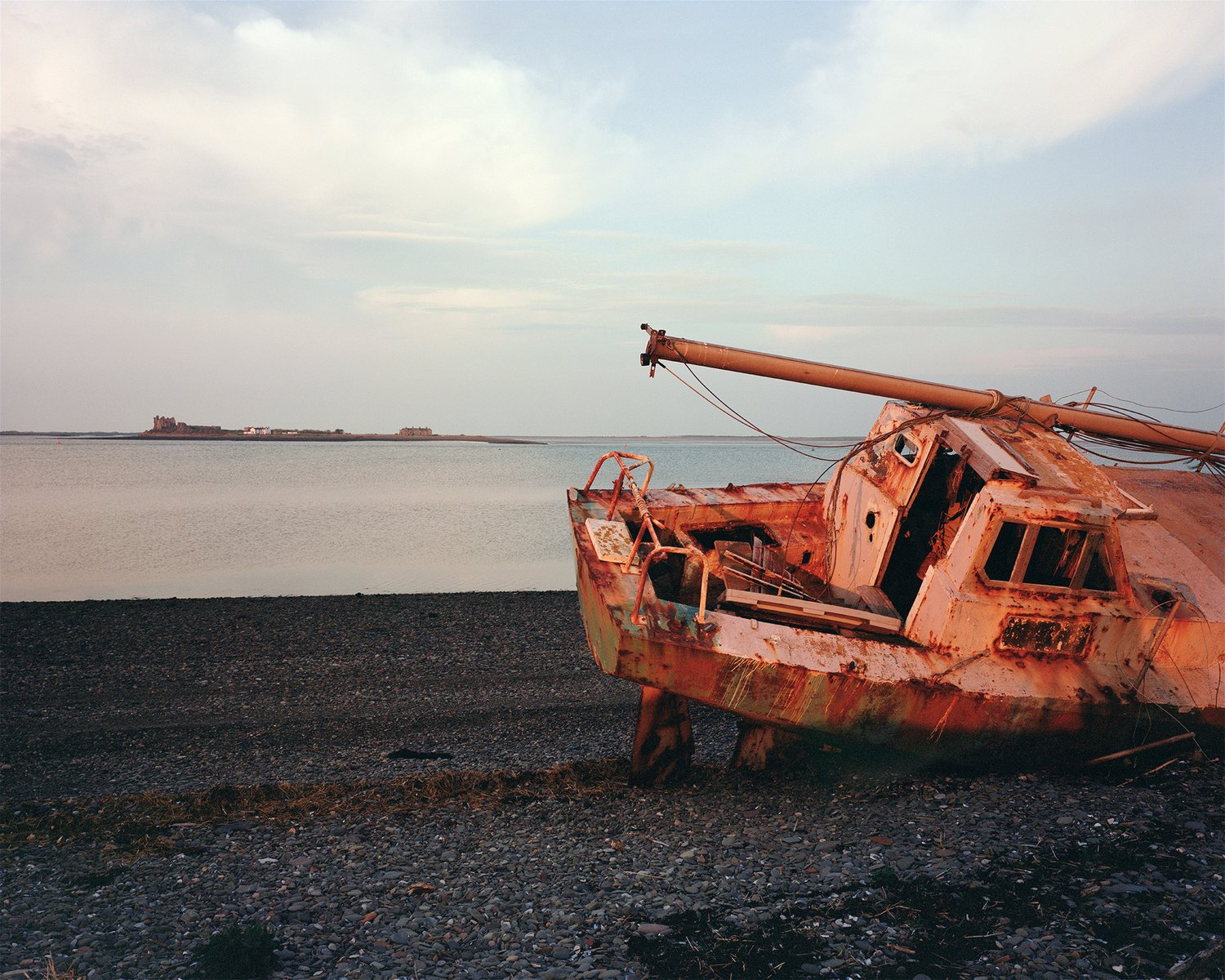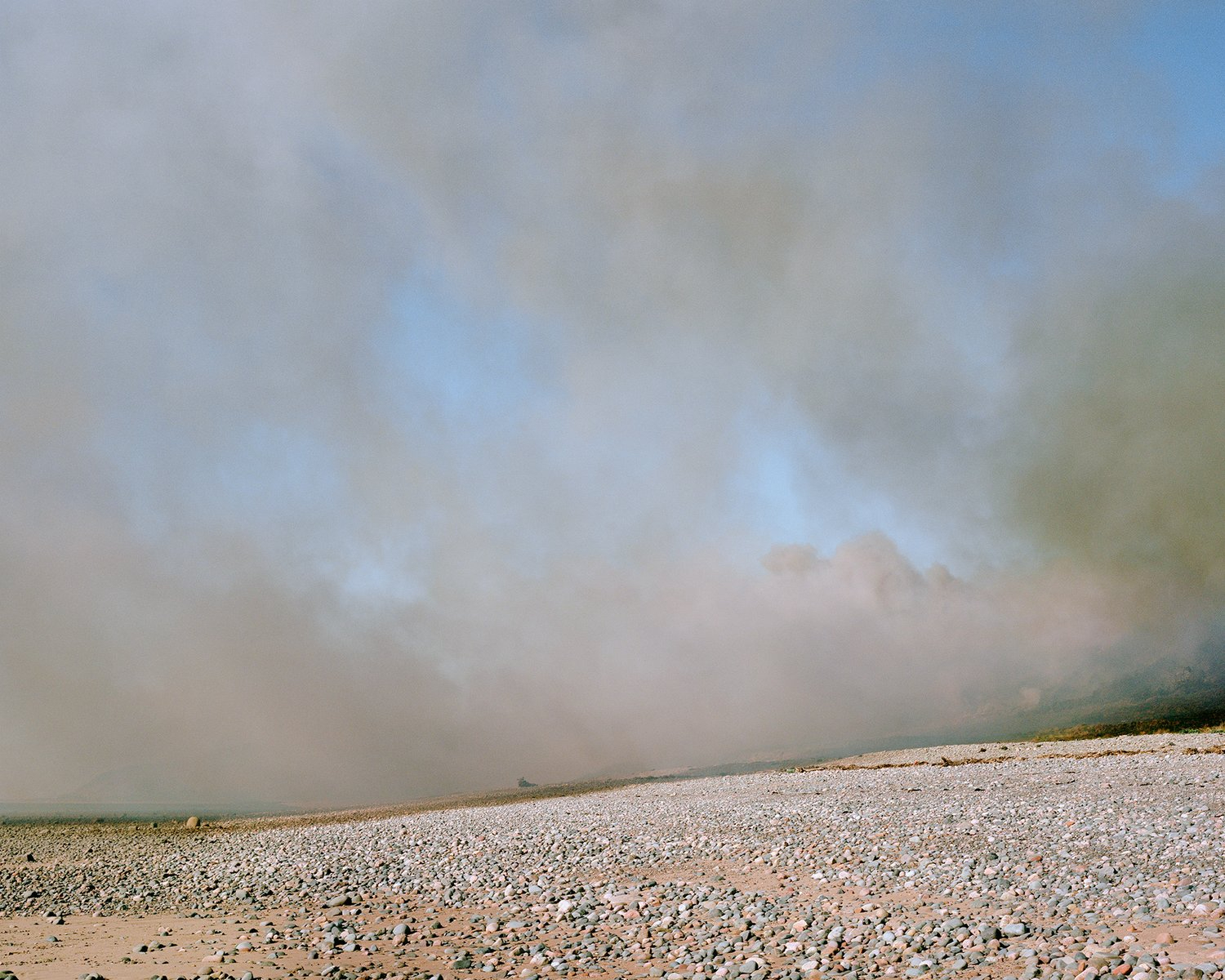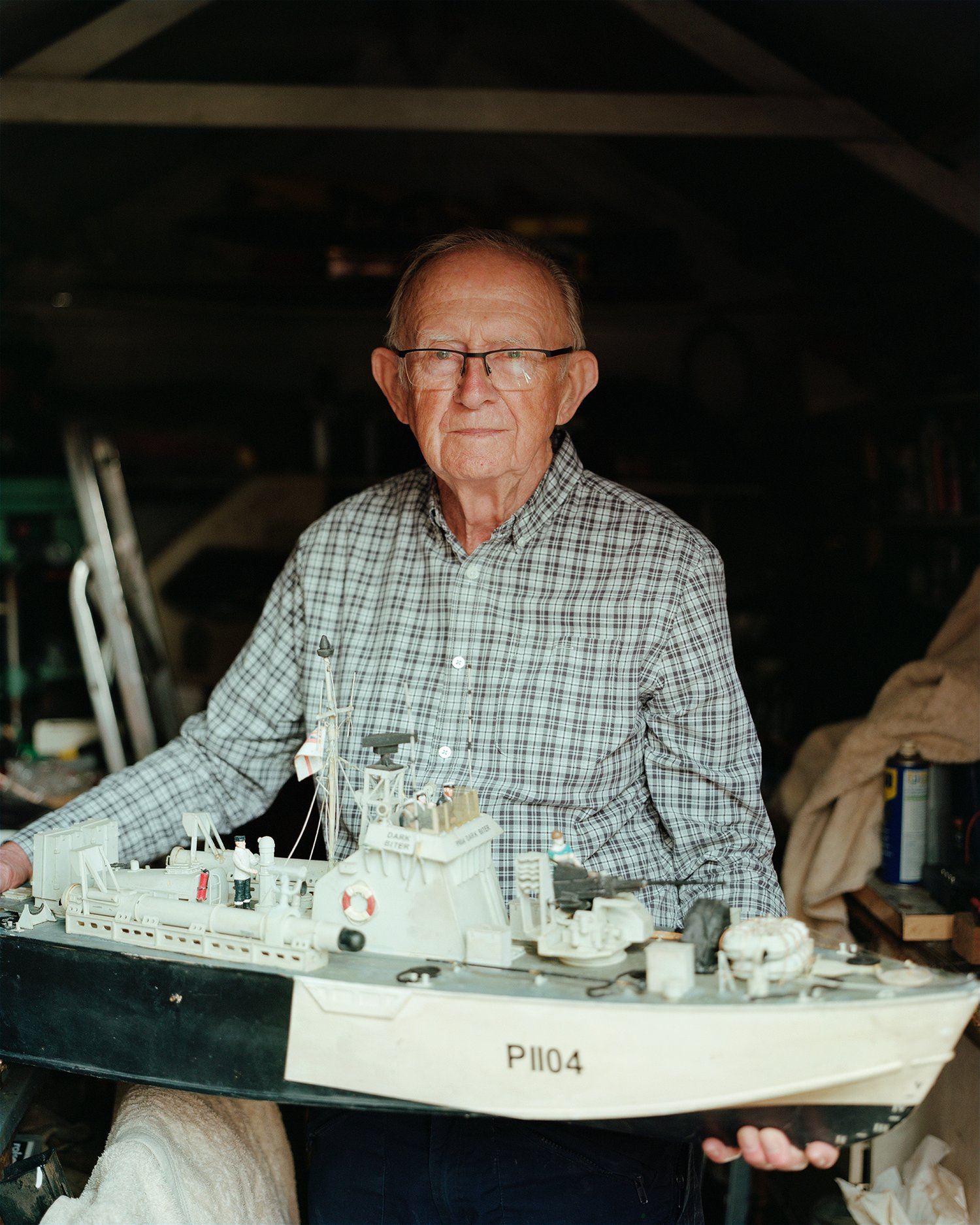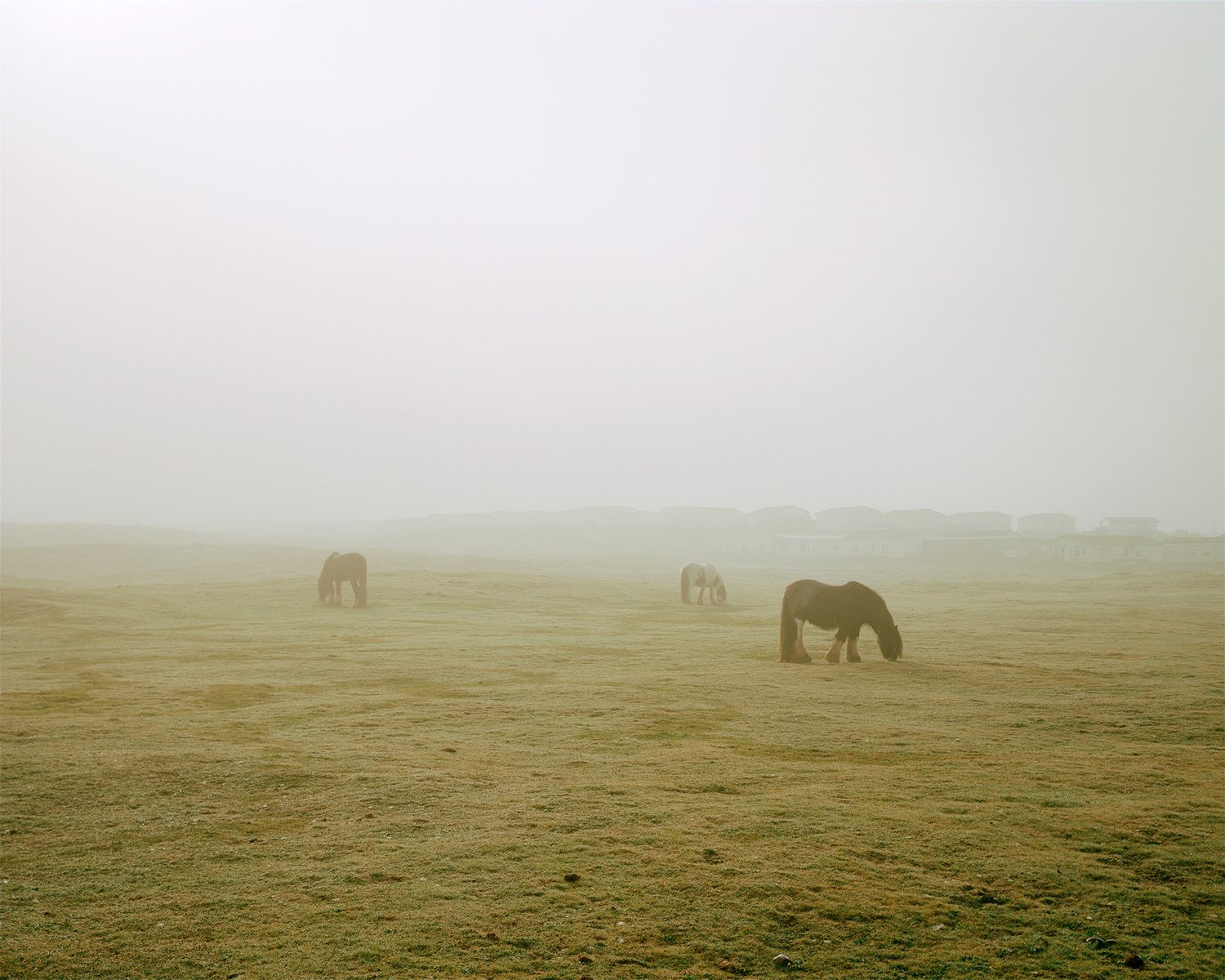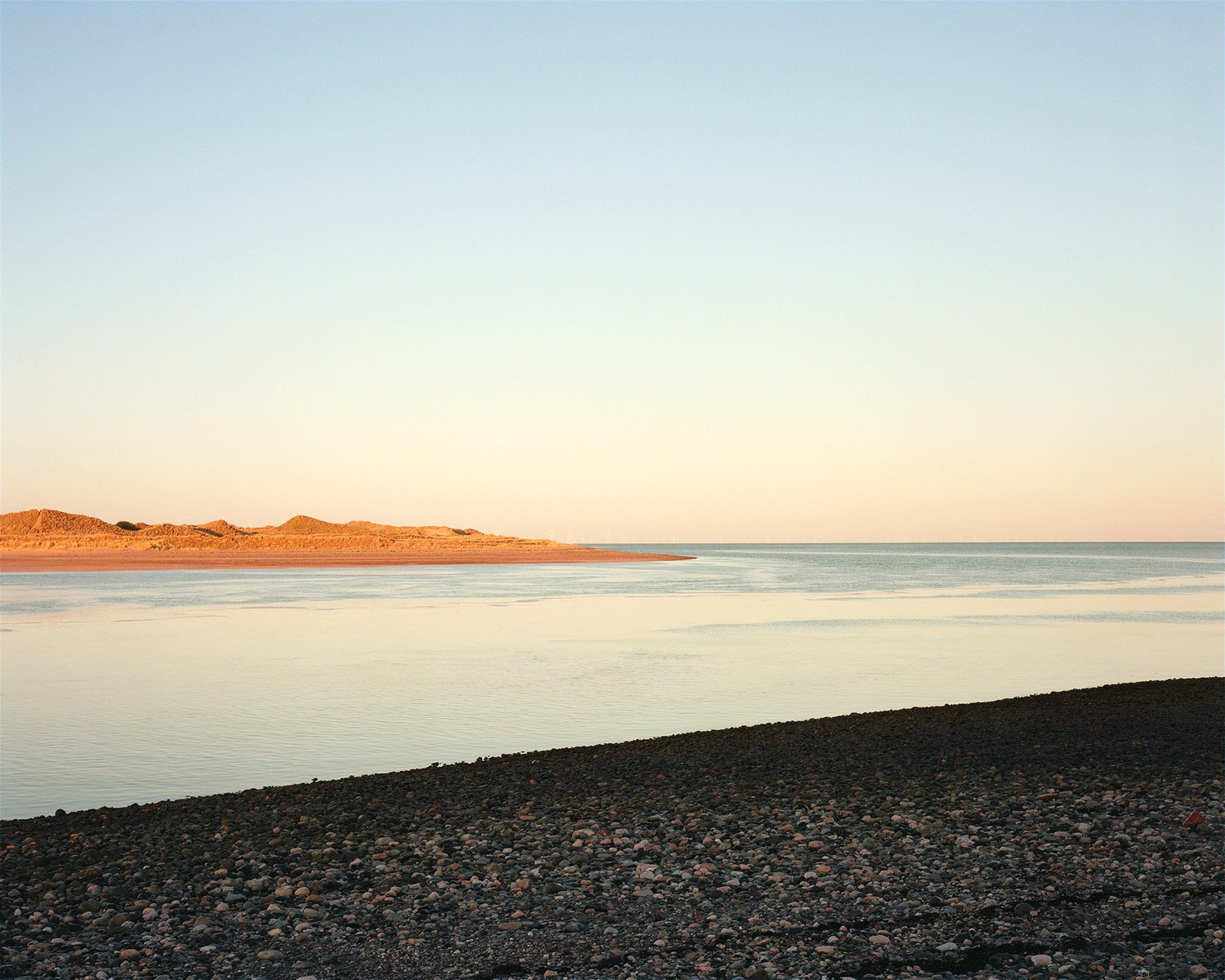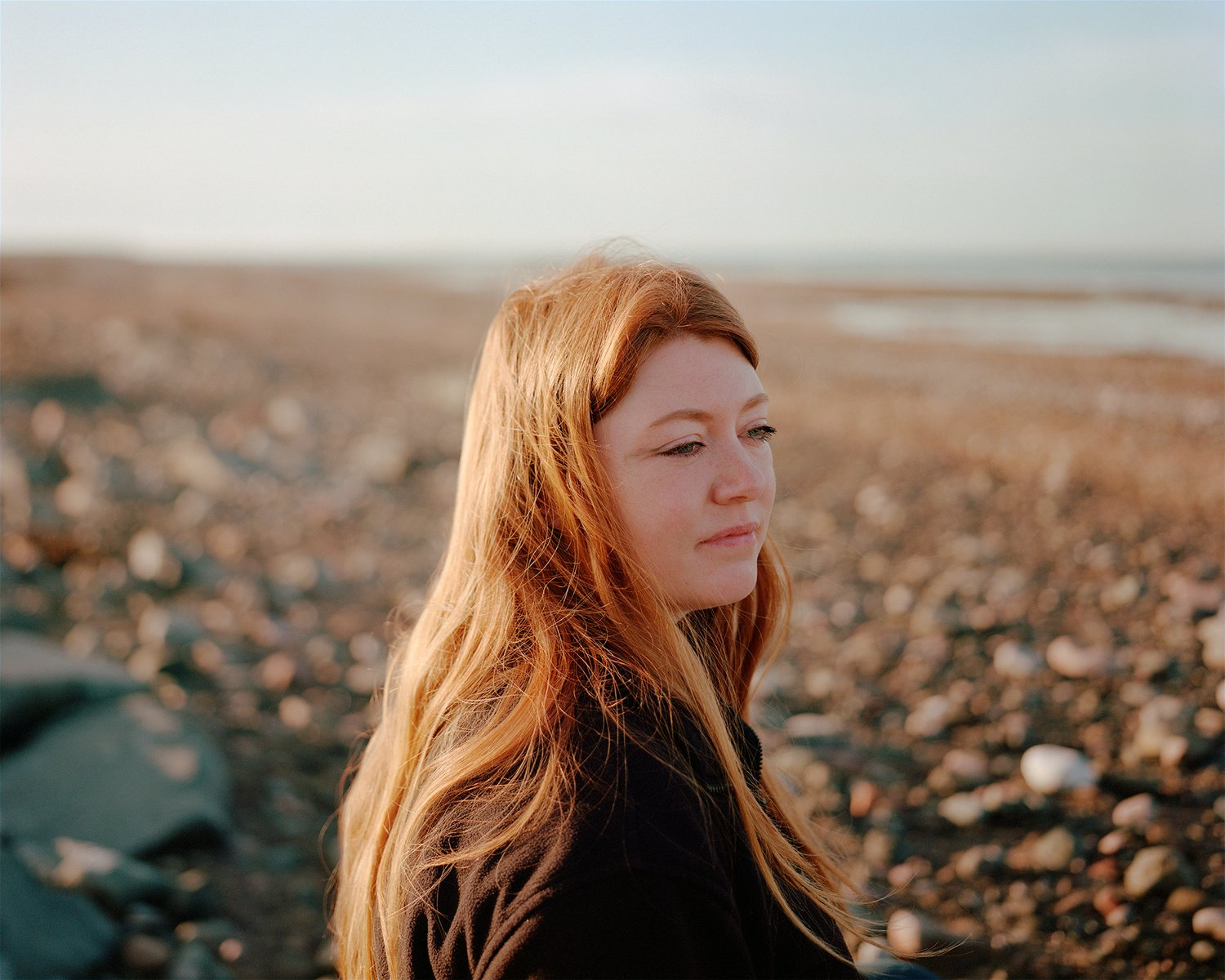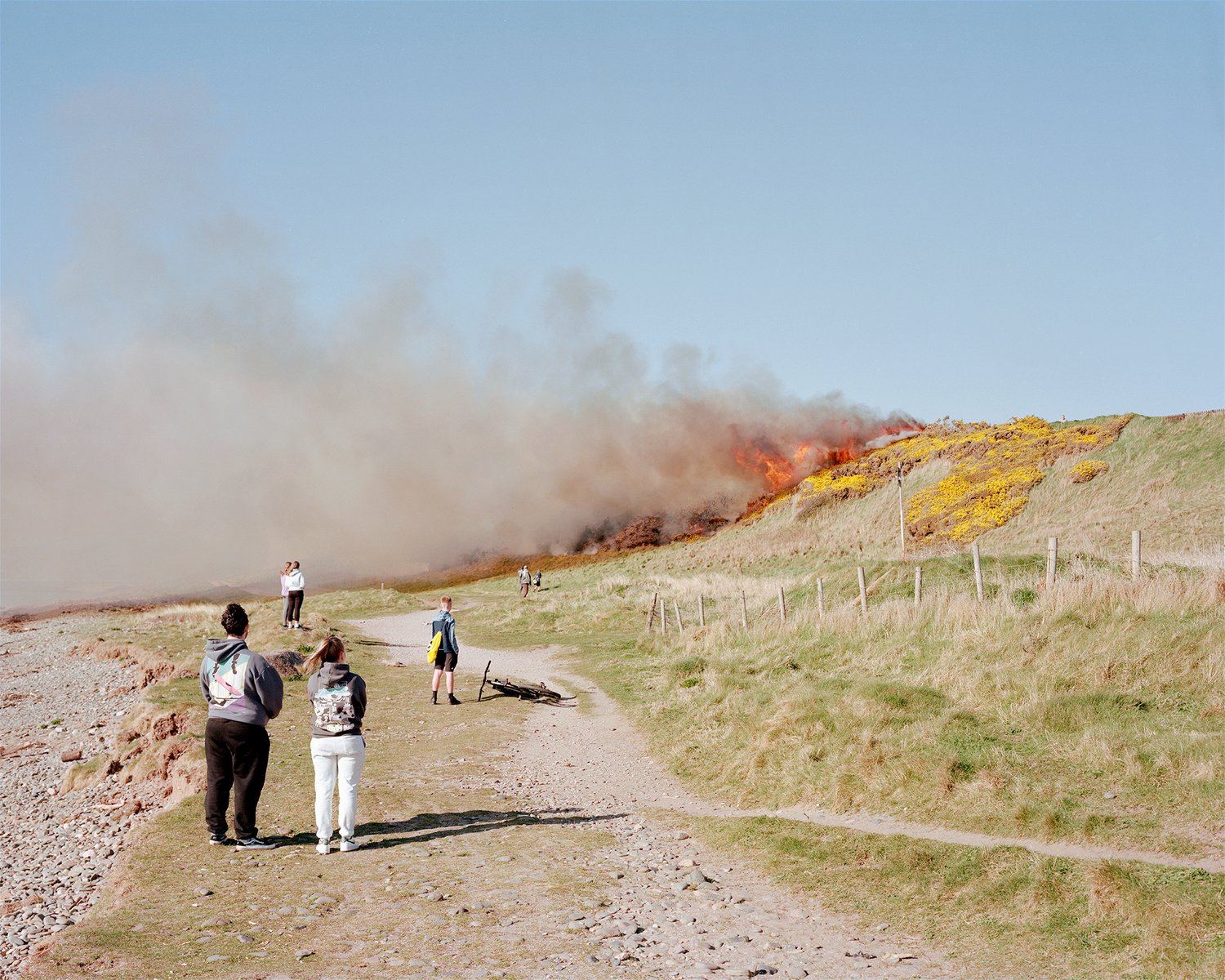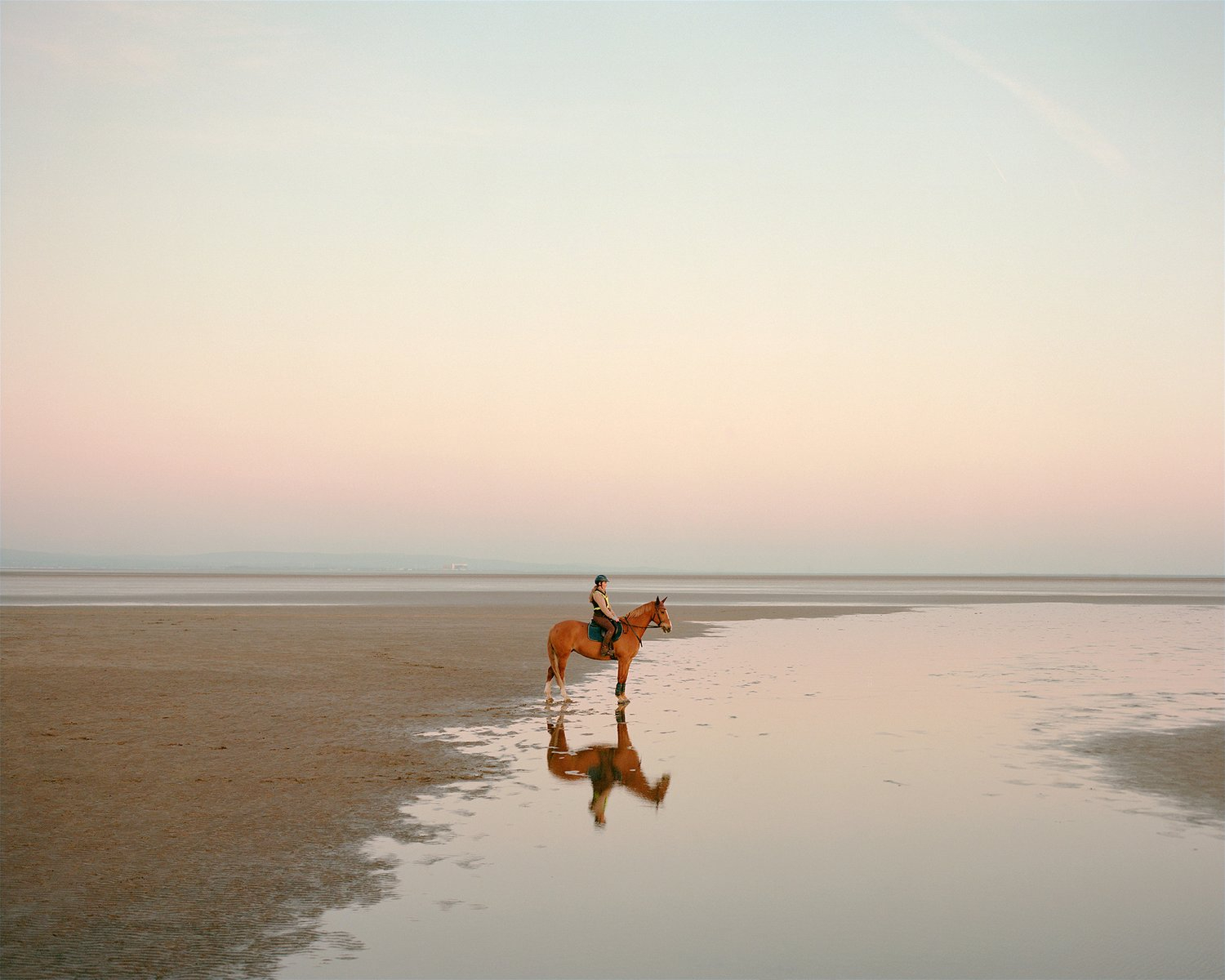In 2025, photographer Nicholas J.R. White was commissioned by Signal Film and Media to create The Binding Tide, a contemporary response to the historic Sankey Photography Archive, which documents the industrial and social heritage of Barrow-in-Furness.
His resulting series, offers a striking alternative to the dominant imagery of industry and defence, focusing instead on community, landscape, and the quieter forces shaping this coastal town.
Home to the UK’s nuclear submarine programme, Barrow is often portrayed through its shipbuilding identity. But White deliberately avoided making military infrastructure the central subject. “It felt too easy to make the industry the protagonist,” he says. “I wanted to create something fresh and surprising.”
Produced over two weeks, The Binding Tide traces Barrow’s margins – from Ulverston to South Walney – using water as a thematic thread. White’s approach was observational and intuitive, favouring chance encounters over planned shoots. One photograph shows a local woman riding her horse at low tide, a subtle echo of workhorses from the Sankey Archive. Another captures a wildfire, visually linking past and present.
Rather than documenting restricted sites or defence operations, White explored the layered intersections of nature and infrastructure: disused railway lines through bird sanctuaries, WWII pillboxes repurposed to store kayaks. These juxtapositions reflect a town in transition, shaped by both environmental and social change.
With support from Signal Film and Media, White gained access to local contacts and insights. Though based in Scotland, he viewed the commission as a chance to better understand a part of the country often overlooked—even by him. By focusing on lived experience and evolving landscapes, The Binding Tide offers a more nuanced portrait of Barrow-in-Furness — one that honours its past while capturing its shifting present.

